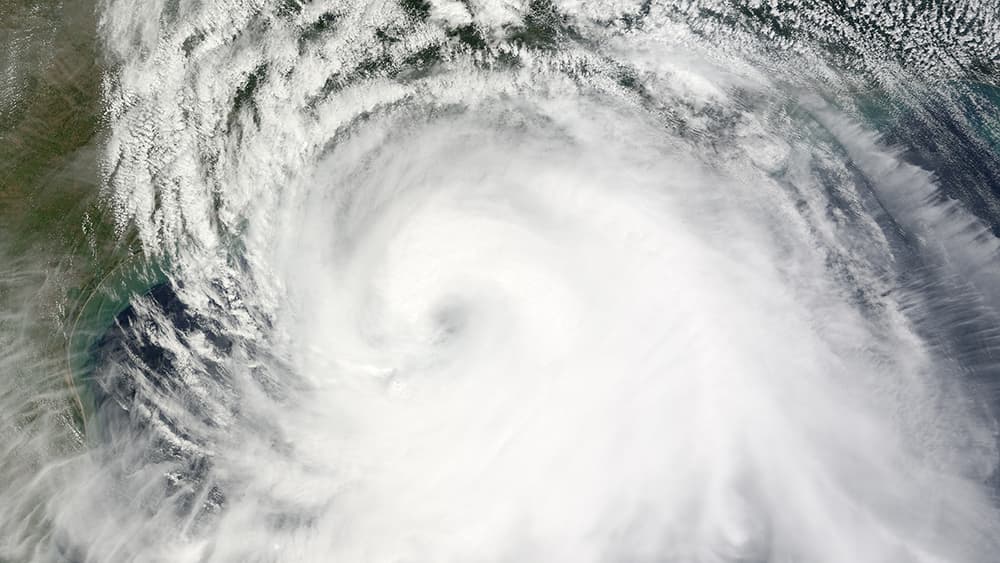
Hurricanes are tropical storms that can severely impact reef habitats. Their strong winds create powerful wave action capable of tearing a reef apart and the run-off created by massive quantities of rainwater dumped on land carries sediments and debris out to sea. The potential for destruction underwater is as real as that on land.
So, how do the reefs of Flower Garden Banks National Marine Sanctuary stand up to the onslaught? We've had a few opportunities to find out.
Since 1851, a total of 91 storms have come within 70 miles of East Flower Garden, West Flower Garden, and Stetson Banks. While we haven't been around to witness all of these, we are able to see historical hurricane tracks and learn more about individual storms using an online tool created by NOAA's Office for Coastal Management.
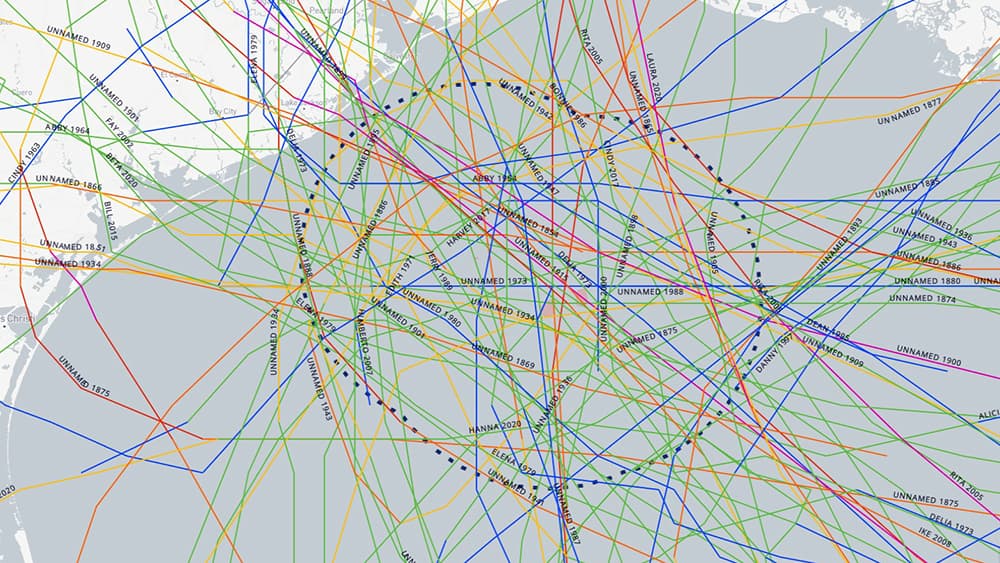
Hannah, Laura, Beta, Delta (2020)
The 2020 hurricane season was the most active storm season in the history of the Flower Garden Banks. Three hurricanes and one tropical storm (Beta) crisscrossed the area around the original three sanctuary banks (East, West, Stetson).
As a result, we lost ten mooring buoys, an Ocean Acidification science buoy, and the HI-A-389-A platform marker buoy.
Harvey (2017)
In late August 2017, Hurricane Harvey dumped an unprecedented amount of rain on the Houston/Galveston area of Texas, prompting concerns about excessive freshwater influence on the sanctuary. A Rapid Response team of scientists visited the sanctuary in September 2017 under a National Science Foundation grant to see if they could identify any such impacts, but found that the massive amount of freshwater deposited by Hurricane Harvey never quite reached the sanctuary.
The only visible evidence of Harvey's passing was large ripples in the sand patches. All of the water turnover during Harvey also brought temperatures down to 81F, greatly reducing the threat of bleaching that year.
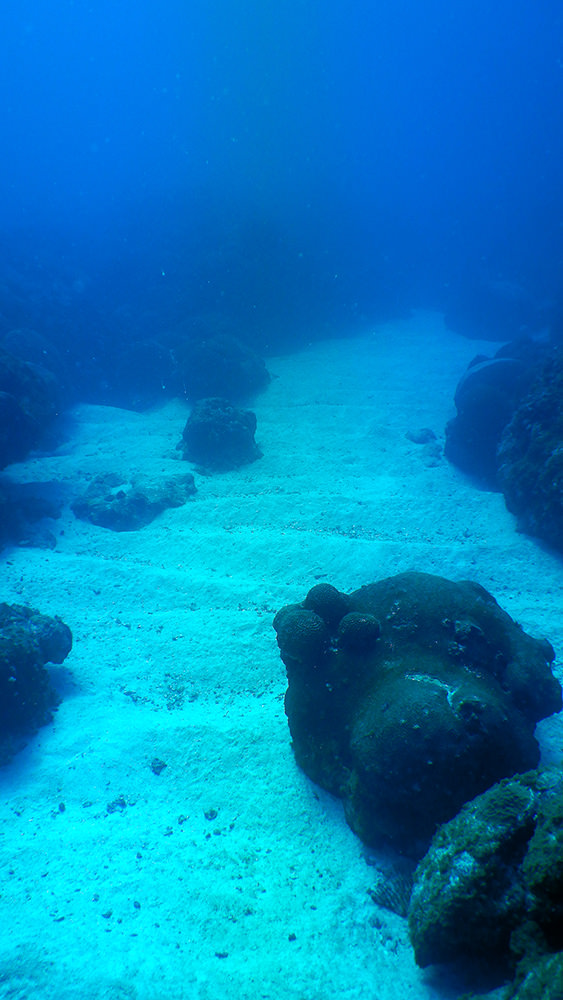
Ike (2008)
In September 2008, the eye of Hurricane Ike passed directly over East Flower Garden Bank. Although it was rated a Category 2 storm, according to wind speed, its enormous size caused it to move water like a Category 4 storm.
In October 2008, sanctuary staff were finally able visit the sanctuary for a quick look at the condition of the reefs. What they saw was reminiscent of the aftermath of Hurricane Rita in 2005.
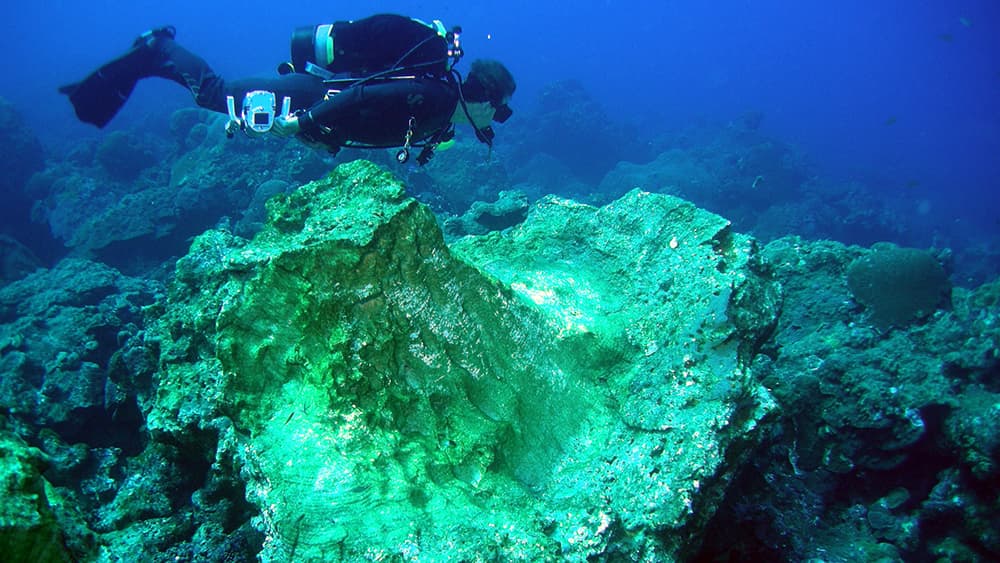
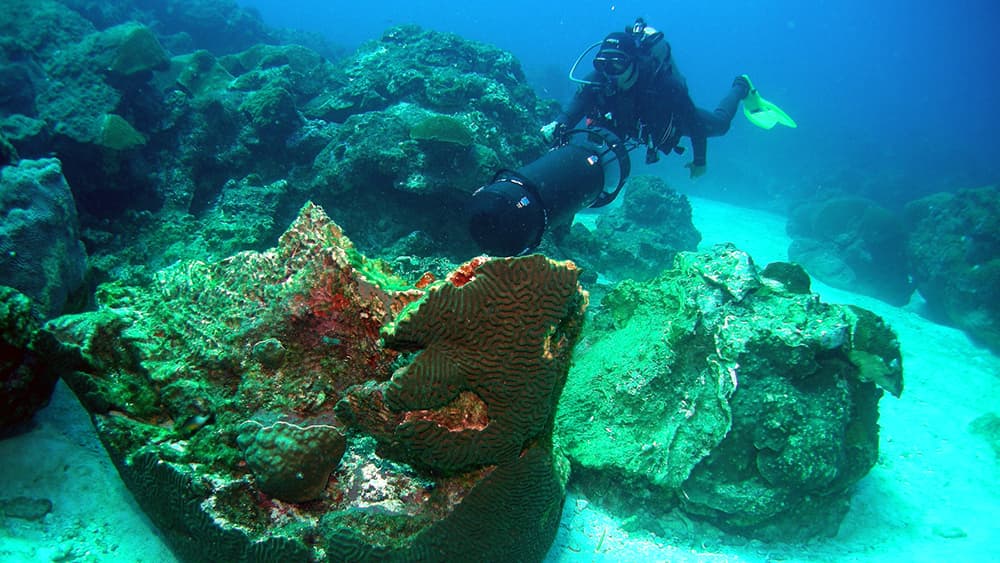
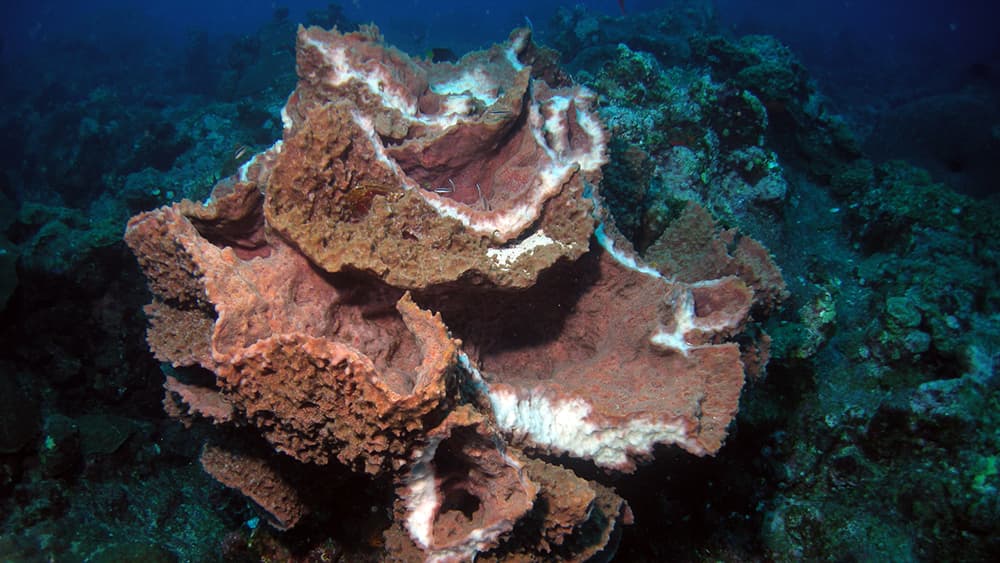
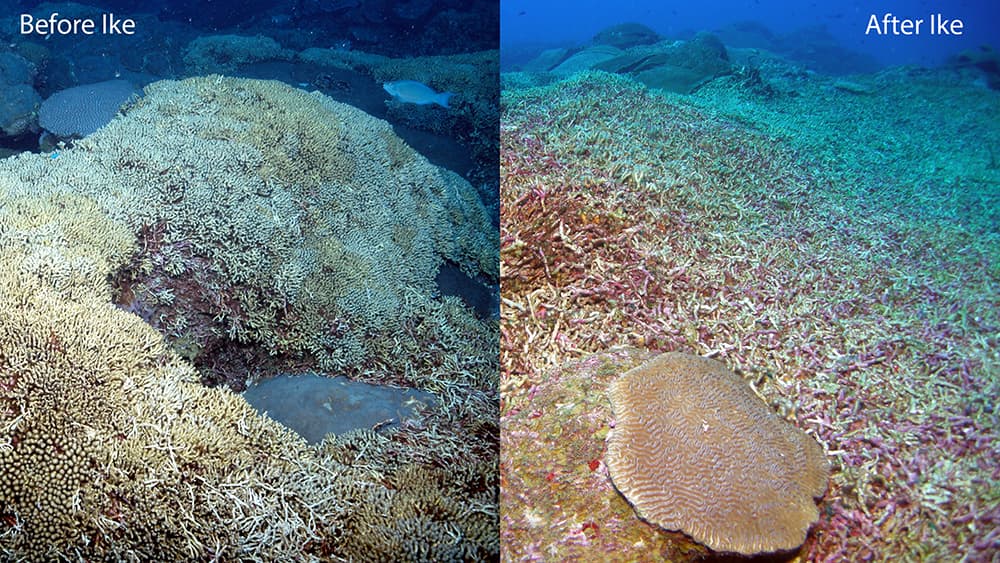
Katrina and Rita (2005)
In August 2005, Hurricane Katrina came roaring into the Gulf and passed well to the east of Flower Garden Banks National Marine Sanctuary. It is believed to have had minimal impact on the reef.
Unfortunately, we were unable to check on the sanctuary before Rita came howling through a few weeks later. The eye of Rita passed 35 miles to the east of East Flower Garden Bank as a Category 3 storm, leaving the entire west side of the storm directly over the sanctuary.
Satellite photos in the weeks after Rita showed a huge swath of brown water reaching from the coast all the way out to the sanctuary, 115 miles offshore. Water quality sensors on site confirmed that this was indeed freshwater, but what nutrients or chemicals it contained we may never know. Needless to say, even coral reefs far from shore may be impacted by storm runoff.
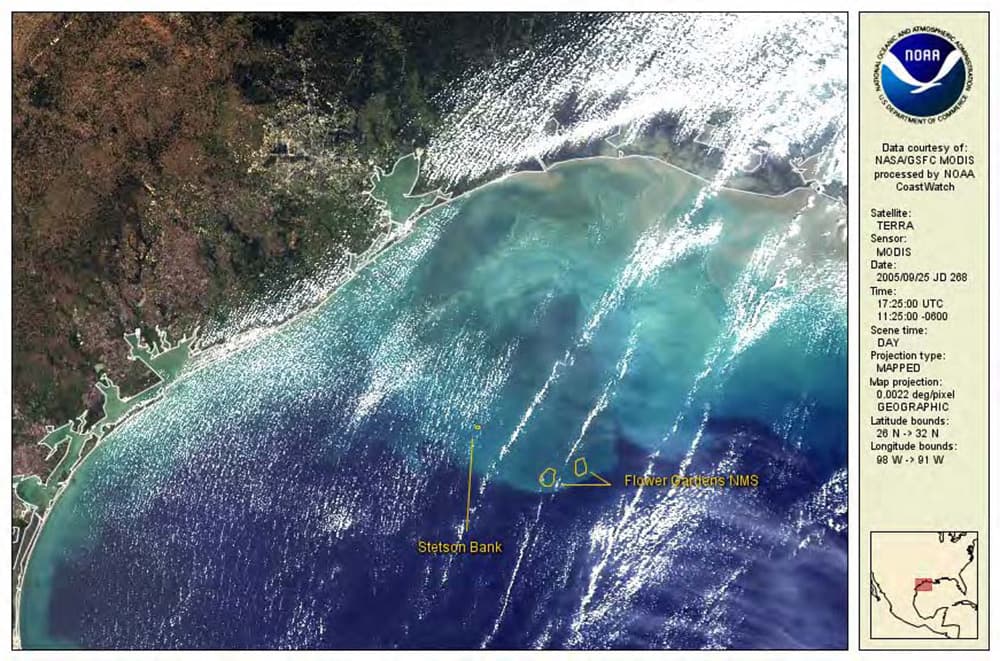
In November 2008, we were finally able to check on the reefs. Some of Rita's physical impacts at the sanctuary were significant, affecting items as deep as 72 meters.
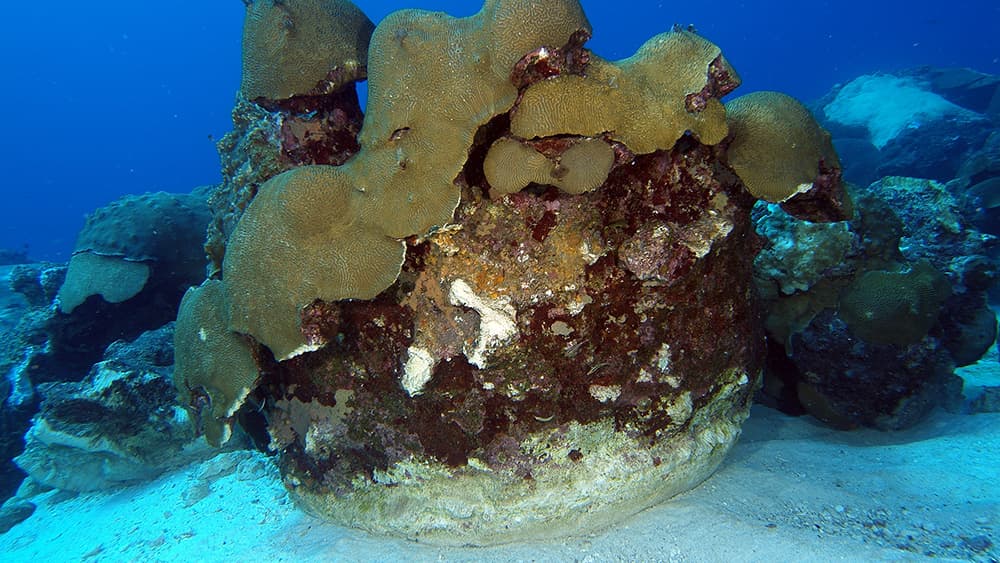
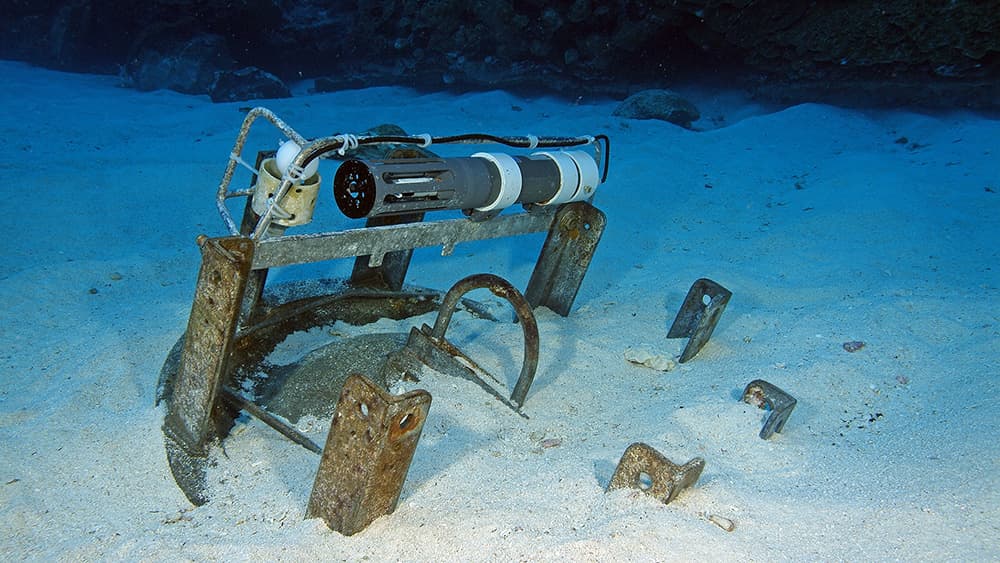
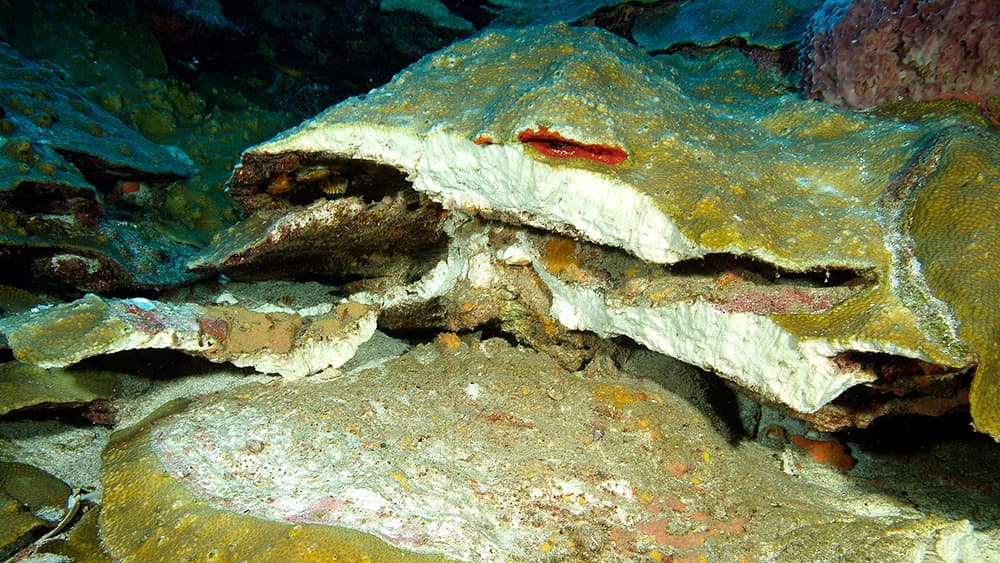
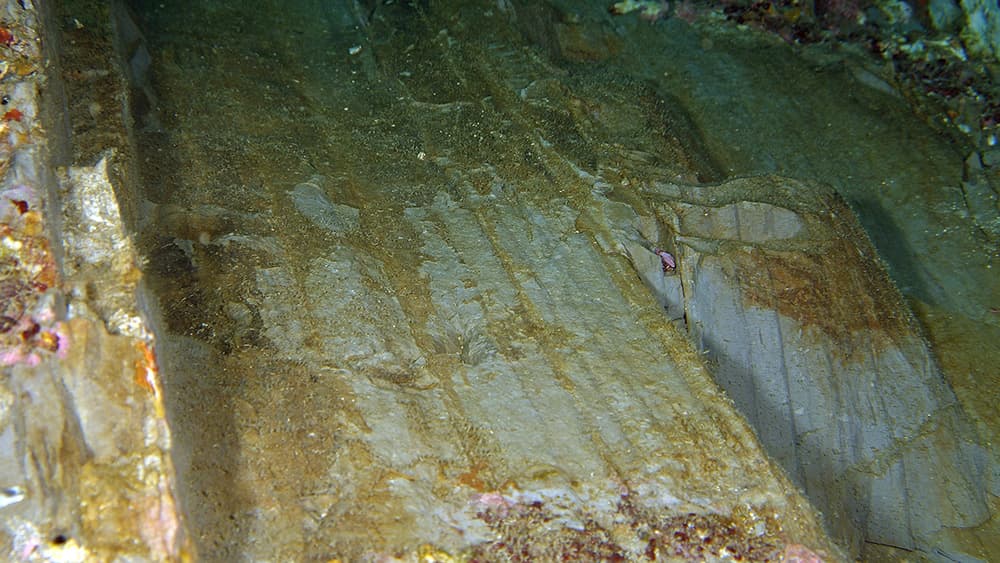
But, there was a positive aspect to this storm, too. Hurricane Rita left cooler water in her wake, which benefited corals experiencing one of the worst bleaching episodes ever seen in the sanctuary.

